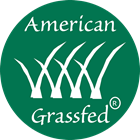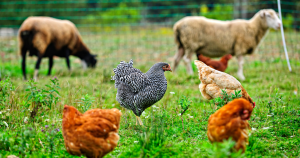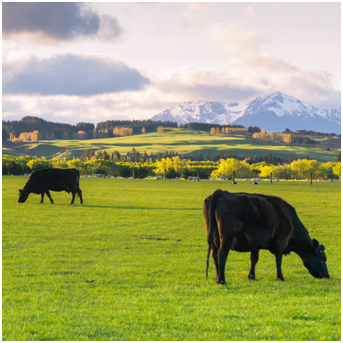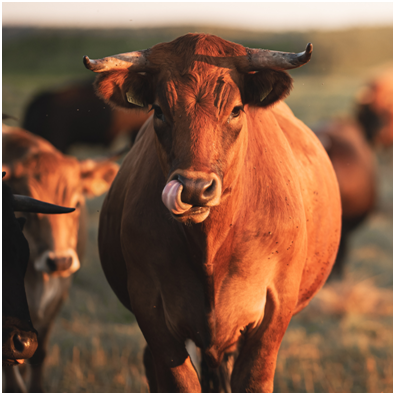In recent years, the “Product of USA” label on meat, poultry, and dairy products has been a topic of considerable debate and confusion. The label, which consumers often interpret as a guarantee of American origin and quality, has come under scrutiny for its potentially misleading implications.
This article aims to demystify the recent changes to this label, delve into its impact on consumers, and emphasize the importance of making informed choices, particularly when it comes to supporting American grassfed products.
Understanding The “Product of USA” Label
The Old Standard
Traditionally, the “Product of USA” label was applied to products if they were processed in the United States, regardless of where the ingredients were sourced. This meant that meat from animals raised and slaughtered outside the U.S. could be imported, processed or repackaged, and still bear the “Product of USA” label.
The Call for Change
Critics argued that this policy was misleading for consumers who prioritize buying local or American-made products, often under the assumption that such choices support local farmers and contribute to lower carbon footprints associated with transportation.
The New Labeling Rule
A Shift Towards Transparency
Responding to public outcry and petitions from farmers’ groups and consumer advocates, the U.S. Department of Agriculture (USDA) proposed changes to tighten the criteria for what can be labeled as “Product of USA”. The new rule stipulates that for a product to bear this label, it must come from animals born, raised, slaughtered, and processed within the United States. Here is the updated labeling guidance.
Impact on Consumers
This shift aims to provide clarity and assurance for consumers who are committed to supporting American agriculture and want to make more environmentally conscious and ethically responsible choices.
Why It Matters
1. Supporting Local Farmers
By choosing products genuinely originating from the USA, consumers play a pivotal role in supporting local farmers. This choice contributes to the viability of the American farming sector and helps maintain agricultural traditions and practices.
2. Environmental Sustainability
Local sourcing reduces the carbon footprint associated with long-distance transportation of goods. Supporting grassfed, pasture-raised animals not only promotes humane treatment but also environmental sustainability through natural grazing practices.
3. Health Benefits
Grassfed meat and dairy are richer in certain nutrients, including omega-3 fatty acids, vitamin E, and conjugated linoleic acid, contributing to a healthier diet.
How To Ensure You’re Buying American
1. Reading Labels Carefully
With the new labeling standards, it’s easier for consumers to identify products truly made in the USA. However, vigilance is key. Always read labels carefully to understand the origin of the product.
2. Looking for Certifications
Beyond the “Product of USA” label, look for certifications from reputable organizations that certify grassfed and American-made products. These certifications offer another layer of assurance regarding the product’s quality and origin.
3. Supporting Local and Grassfed
Whenever possible, buy directly from local farmers or markets. This not only ensures the American origin of the products but also supports the local economy and reduces environmental impact.
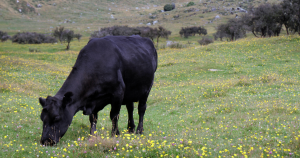
Conclusion
The change in the “Product of USA” labeling is a significant step towards greater transparency and consumer empowerment. It allows individuals to make more informed choices that align with their values, whether they’re focused on supporting local agriculture, environmental sustainability, or health benefits. By opting for genuinely American Grassfed products, consumers contribute to a more sustainable and ethically responsible food system.
At the American Grassfed Association (AGA), our mission is to support American family farms and ranchers through certification, advocacy, education, and other programs. From the farm to the marketplace and in government policy, we stand by our commitment to maintaining a credible, transparent national standard for animals humanely raised on pasture. We believe in partnering and collaborating to support rural economies and promote American grassfed and pasture-based farms and ranches.
Join us in advocating for a transparent, sustainable, and healthy food system. Support American farmers and the environment by choosing certified grassfed products. Contact the American Grassfed Association to learn more about the benefits of grassfed products and how you can make a difference with your daily choices.
